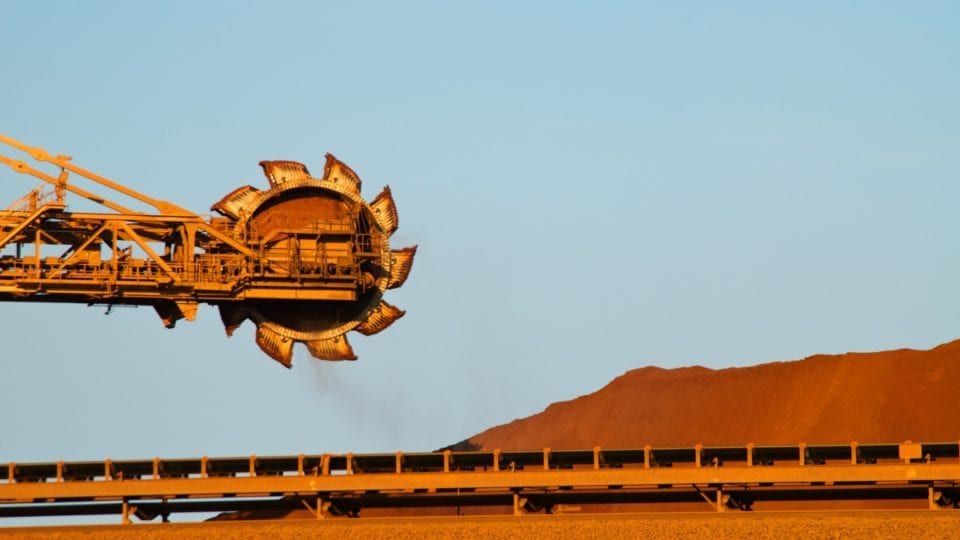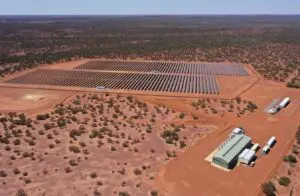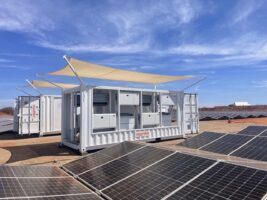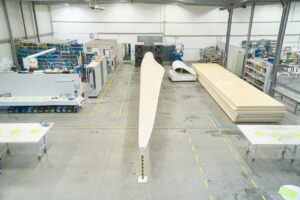Mining giant BHP has reportedly begun the search for more than half a gigawatt of wind, solar and battery storage as it extends the rollout of its decarbonisation efforts to its Pilbara iron ore mines.
The AFR’s Street Talk column on Sunday reported that BHP had issued a request for proposals for renewables and storage at the Pilbara mines, which could include building its own facilities or buying the output from another supplier.
BHP chose not to comment on the reports, but it has previously stated that it wanted to have more than 200 MW of capacity of wind capacity and a similar amount of solar by 2030, along with 150 MW of battery storage, presumably relatively short duration, to support its existing Yarmina gas plant.
The mining company anticipates a big increase in electricity demand as it kicks fossil fuels our of its transport needs and equipment needs. It is looking at battery electric trains, working with Caterpillar and Komatsu on battery electric haul trucks, and with Toyota on battery electric 4WDs.
“We have already completed solar resource assessments to understand its potential and are undertaking wind assessments and surveys right now,” the company’s head of planning & Technical Anna Wiley said during an investor presentation last July.
“In terms of whether we will buy it or build it, we are open to all options, and we are engaging with the market to determine the best solution for BHP.” The reported RFP appears to formalise that process.
BHP has already moved to decarbonise its mining operations in Chile, Queensland and in South Australia, where it has recently signed a “baseload renewables” supply deal with Neoen that the French developer will meet with a combination of wind at the new Goyder South plant and battery storage at Blyth.
The presentation from Wiley also included some predictions of how the electricity supply at the company’s Pilbara mining operations might look like in 2030 when the new renewables and storage are added, and the train, truck and 4WD operations are electrified.
Here we can see solar in the daytime, more wind generation at night, energy provided from batteries and Yarnima providing a firm baseload of power and filling the gaps when required,” Wiley said.
“Longer term, as more options for carbon neutral firm power become available, we expect Yarnima’s use will taper off.”
BHP, of course, is not the only iron ore mining giant seeking large scale investments in wind, solar and storage to decarbonise the Pilbara region. Fortescue and Rio Tinto are also developing plans, with Fortescue pledging to reach “real zero” by 2030, meaning no use of fossil fuels at all.
The three companies are also looking at a proposal to link their respective private electric grid into a regional network that will allow greater sharing of green energy.











